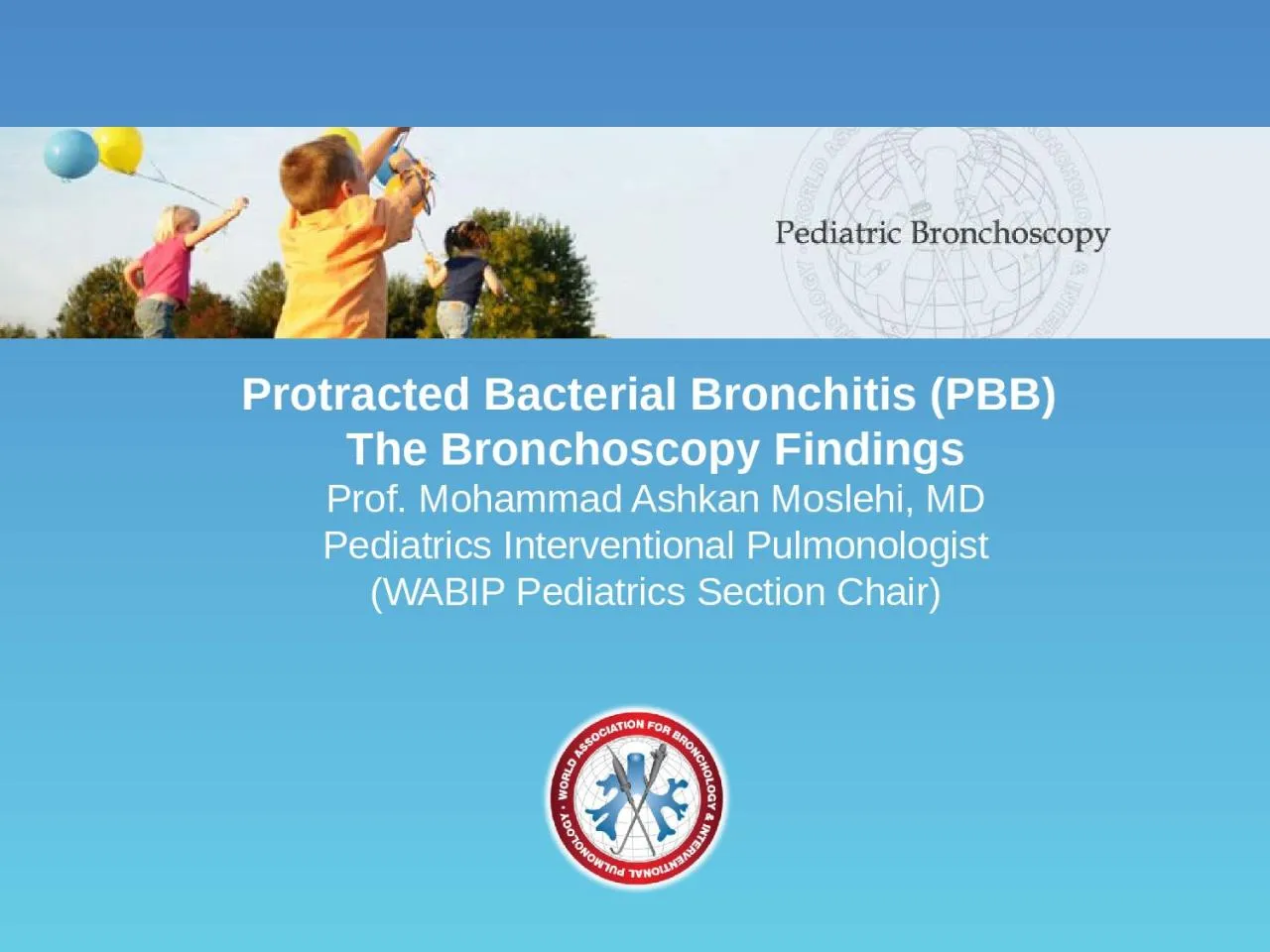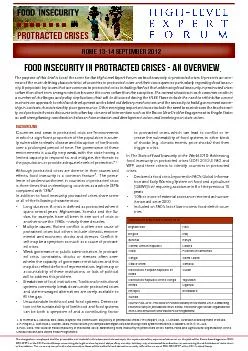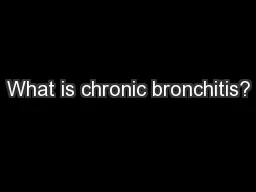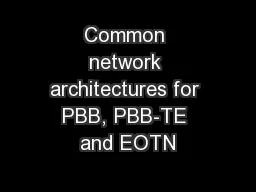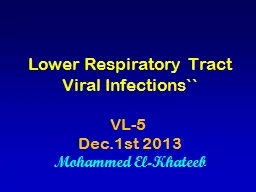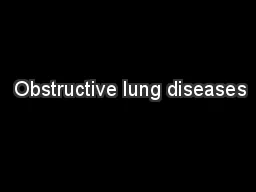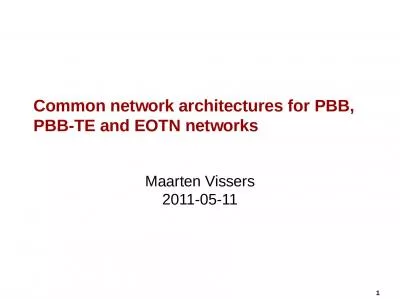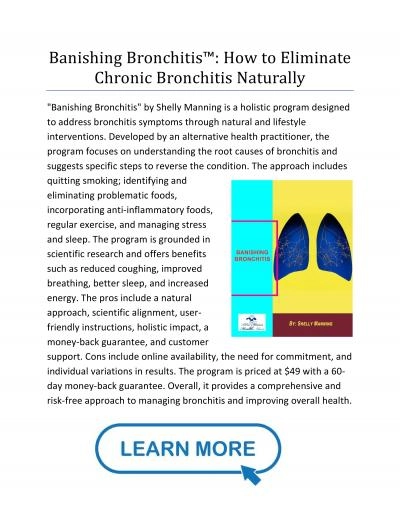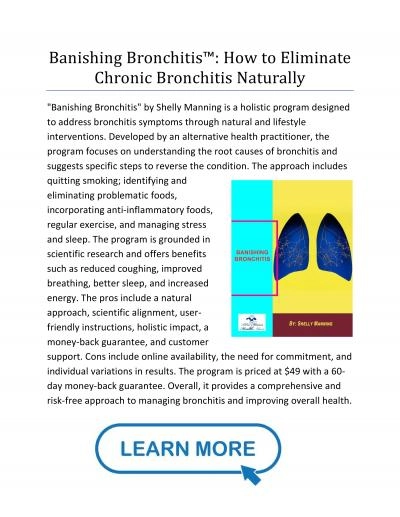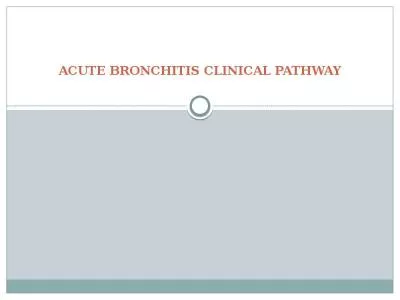PPT-Protracted Bacterial Bronchitis (PBB)
Author : gelbero | Published Date : 2022-06-01
The Bronchoscopy Findings Prof Mohammad Ashkan Moslehi MD Pediatrics Interventional Pulmonologist WABIP Pediatrics Section Chair What is PBB PBB chronic bronchitis
Presentation Embed Code
Download Presentation
Download Presentation The PPT/PDF document "Protracted Bacterial Bronchitis (PBB)" is the property of its rightful owner. Permission is granted to download and print the materials on this website for personal, non-commercial use only, and to display it on your personal computer provided you do not modify the materials and that you retain all copyright notices contained in the materials. By downloading content from our website, you accept the terms of this agreement.
Protracted Bacterial Bronchitis (PBB): Transcript
Download Rules Of Document
"Protracted Bacterial Bronchitis (PBB)"The content belongs to its owner. You may download and print it for personal use, without modification, and keep all copyright notices. By downloading, you agree to these terms.
Related Documents

